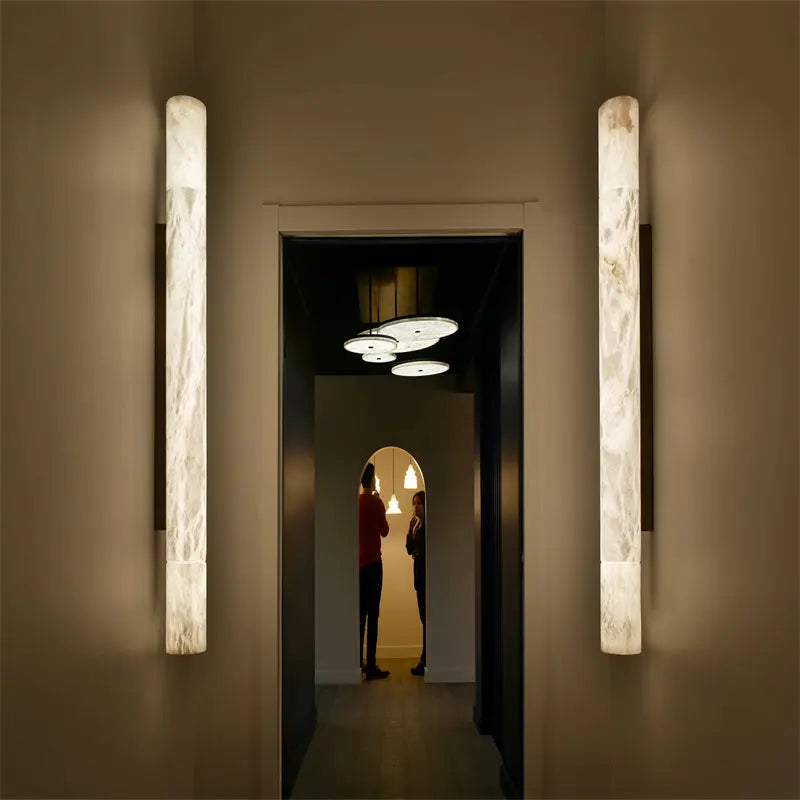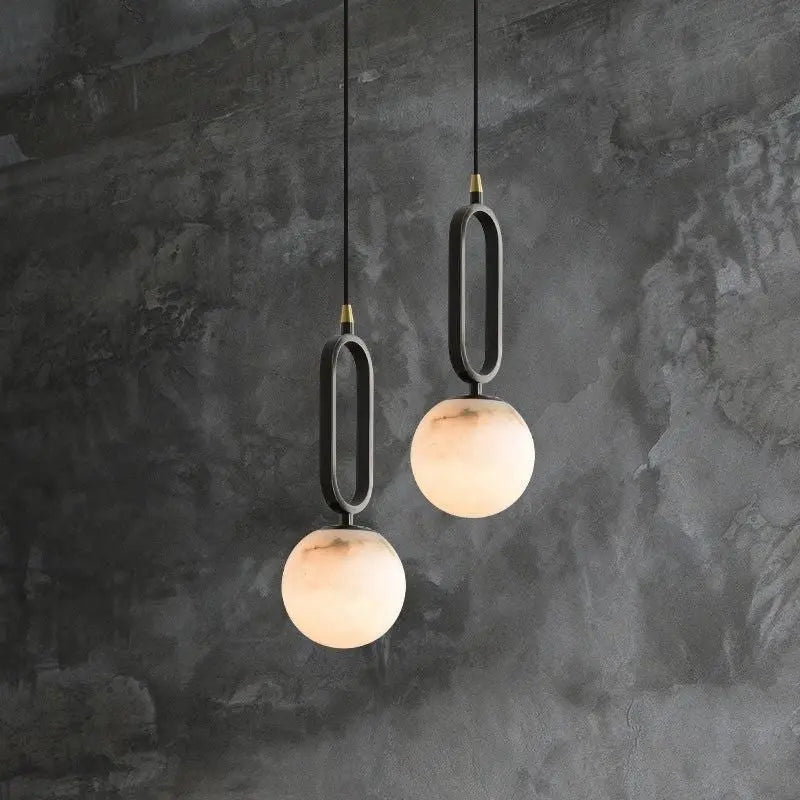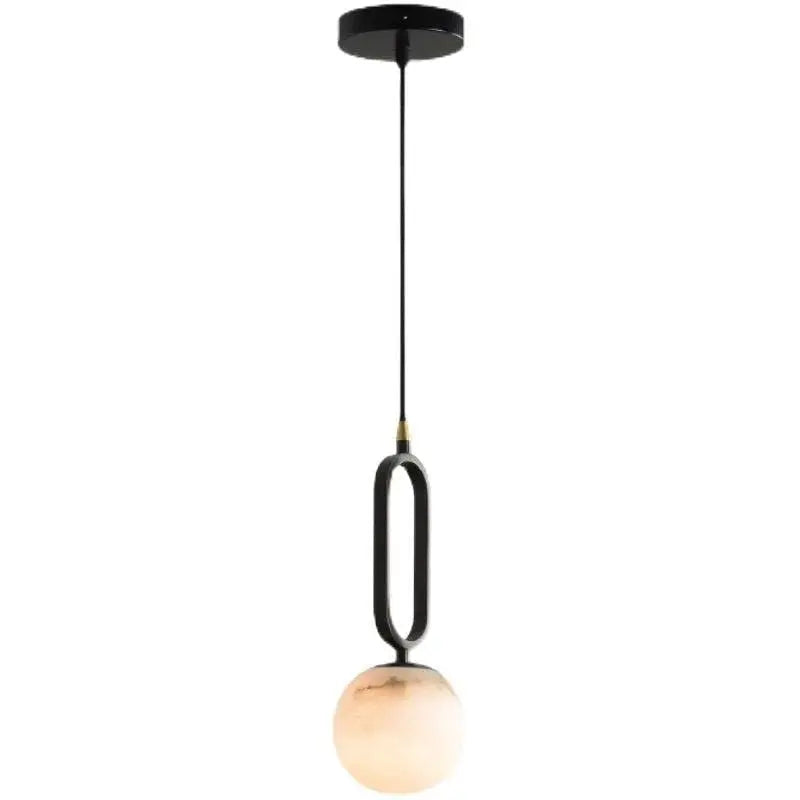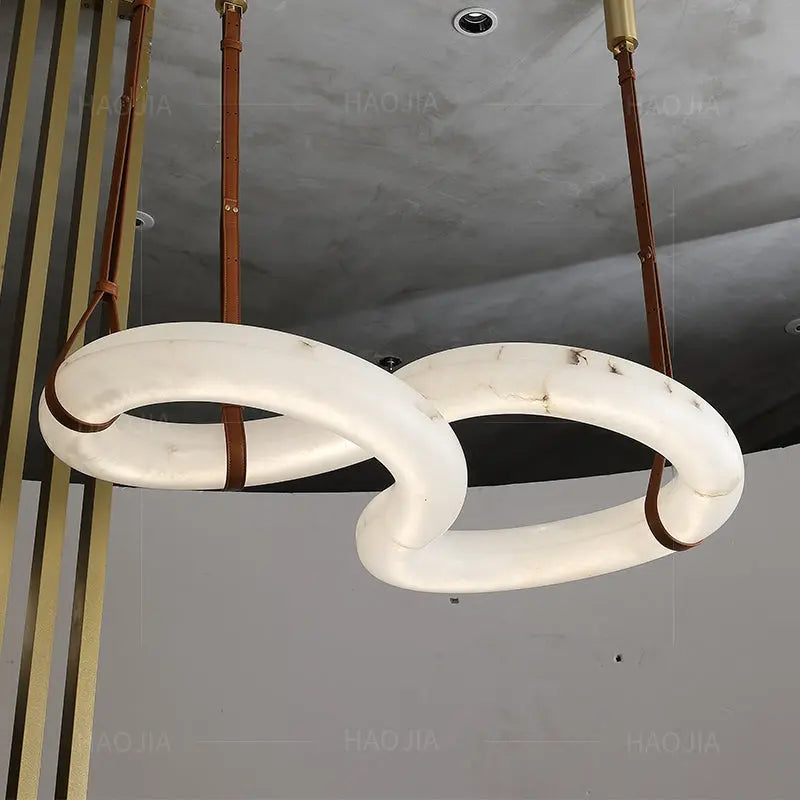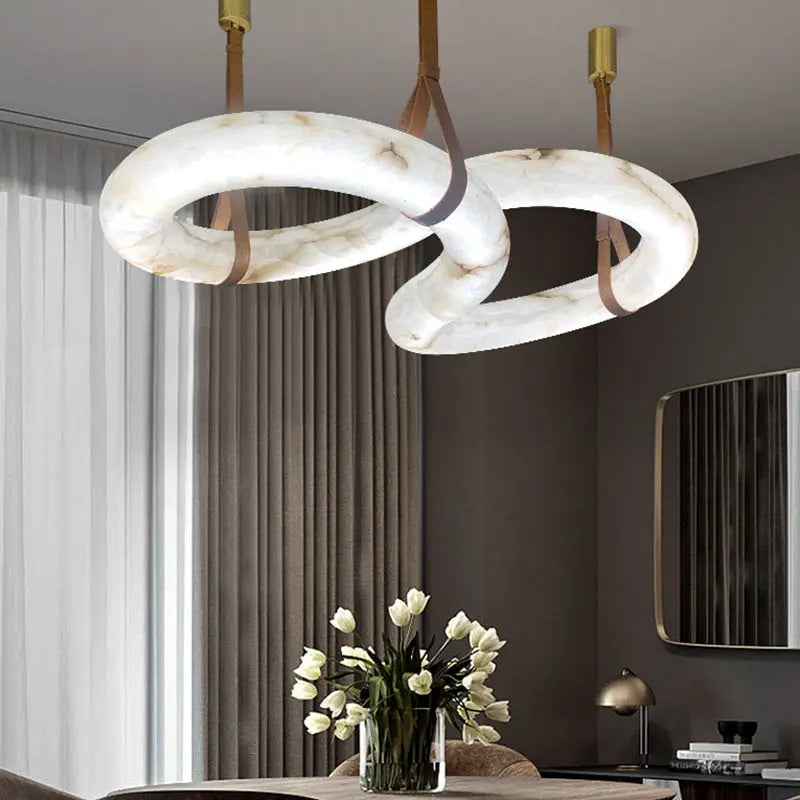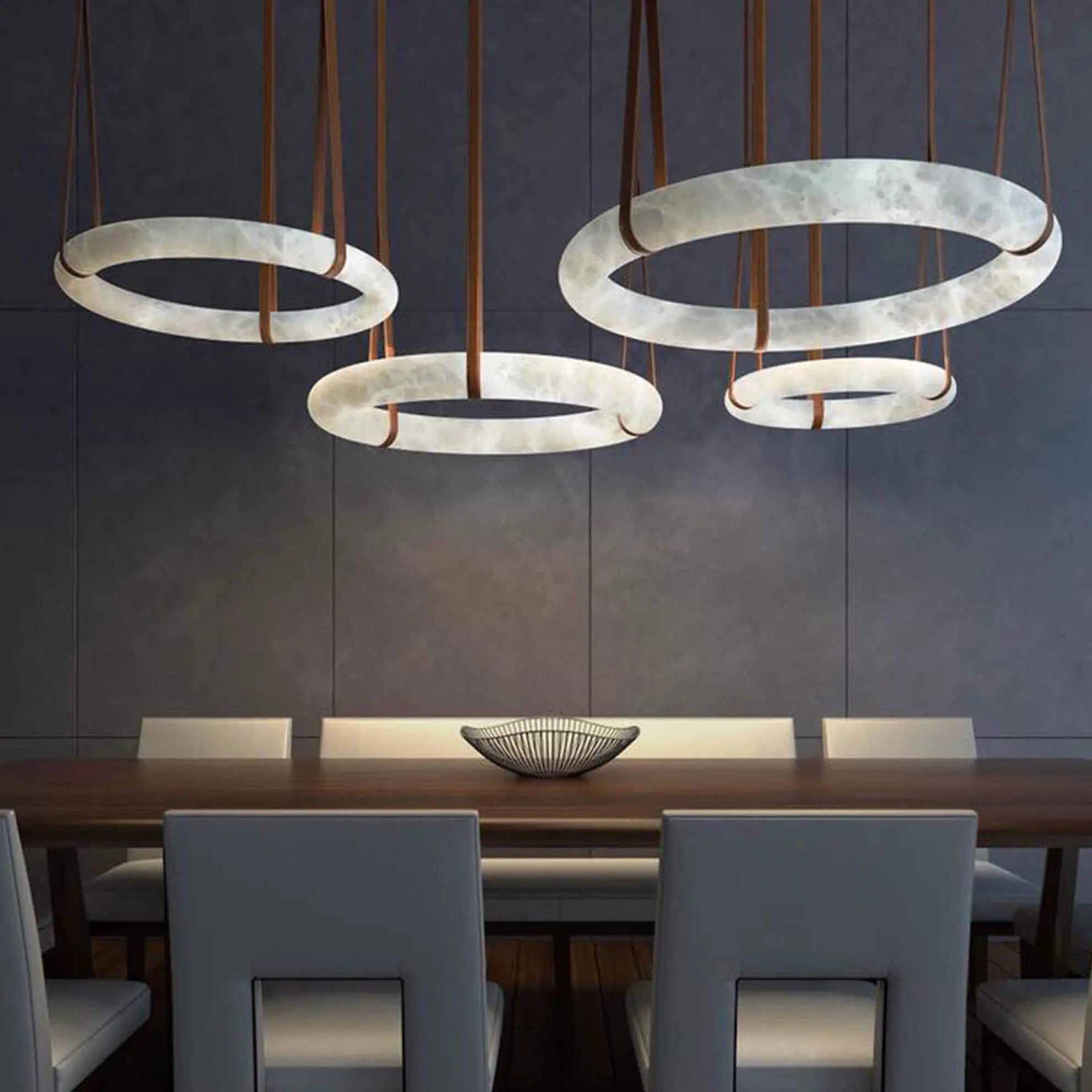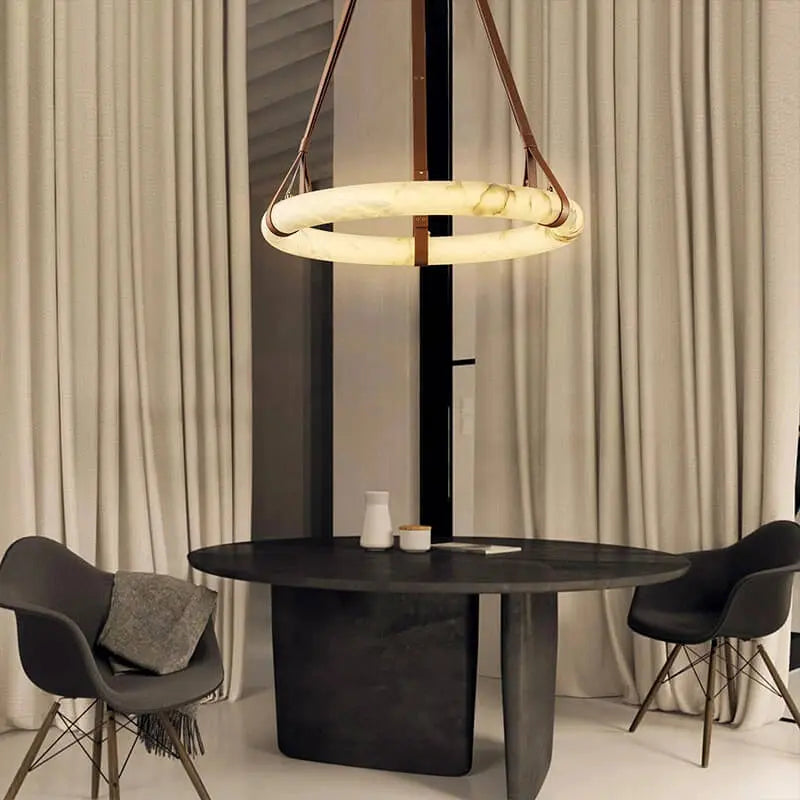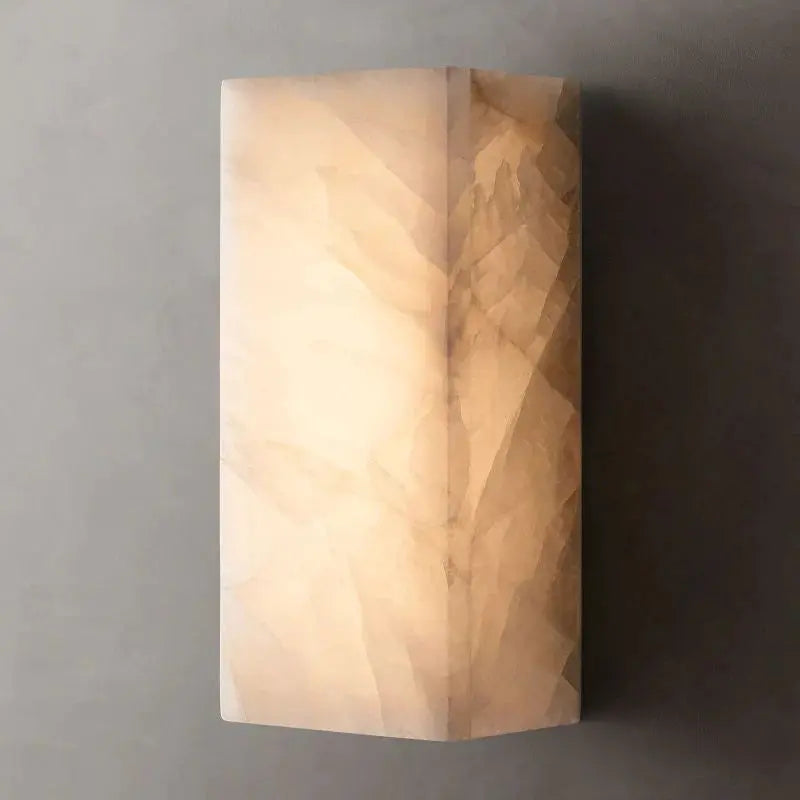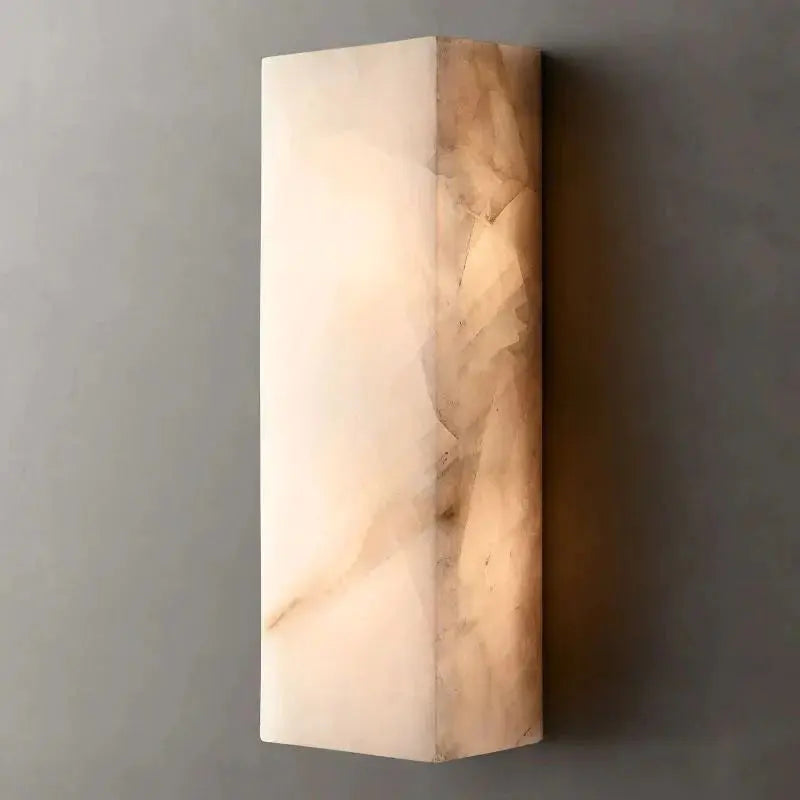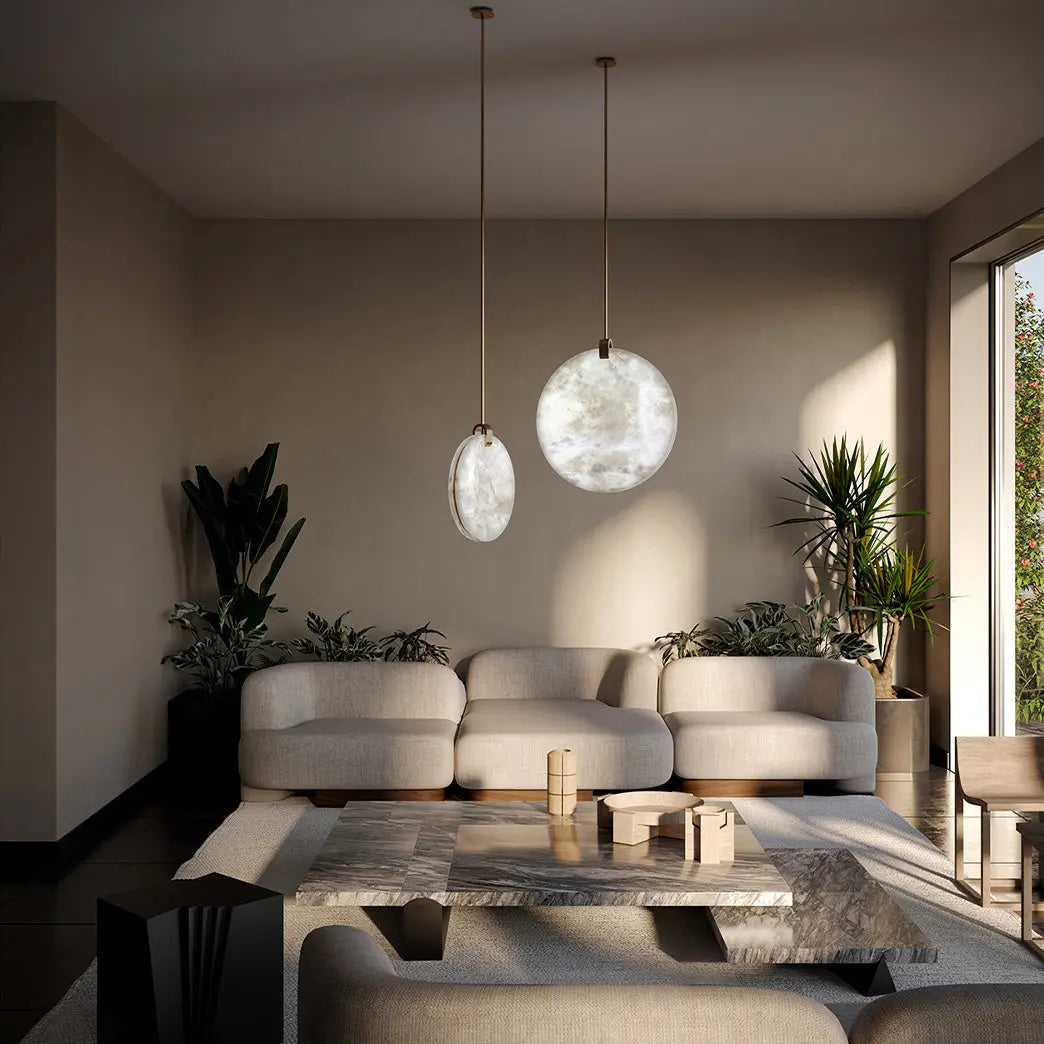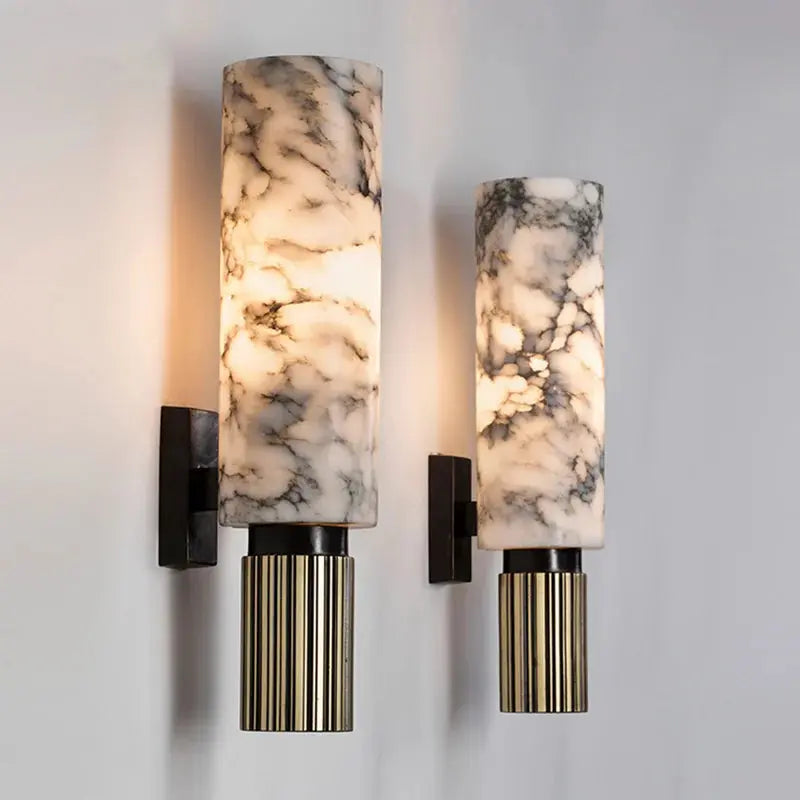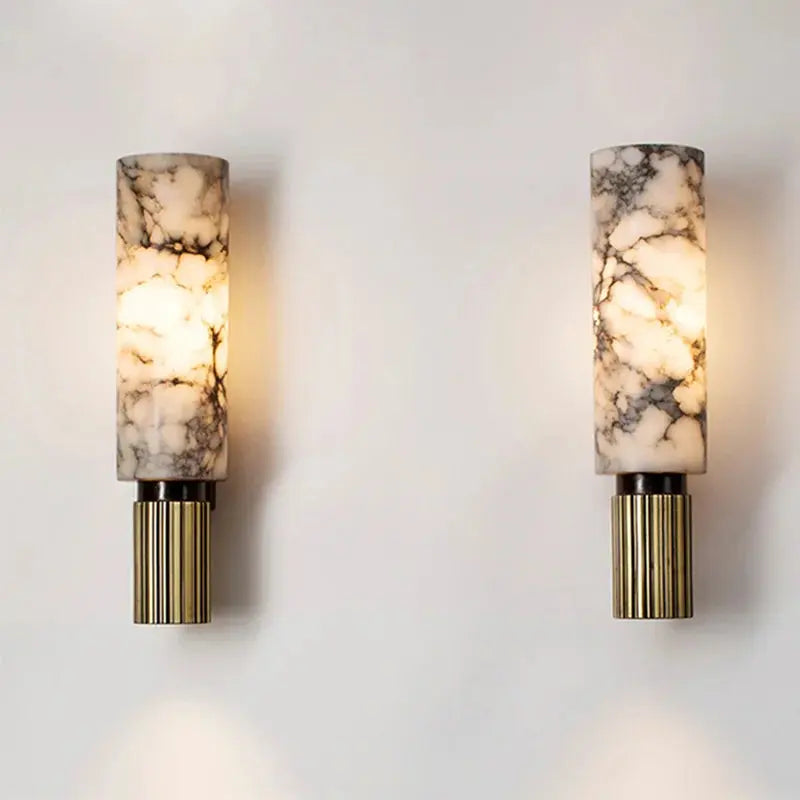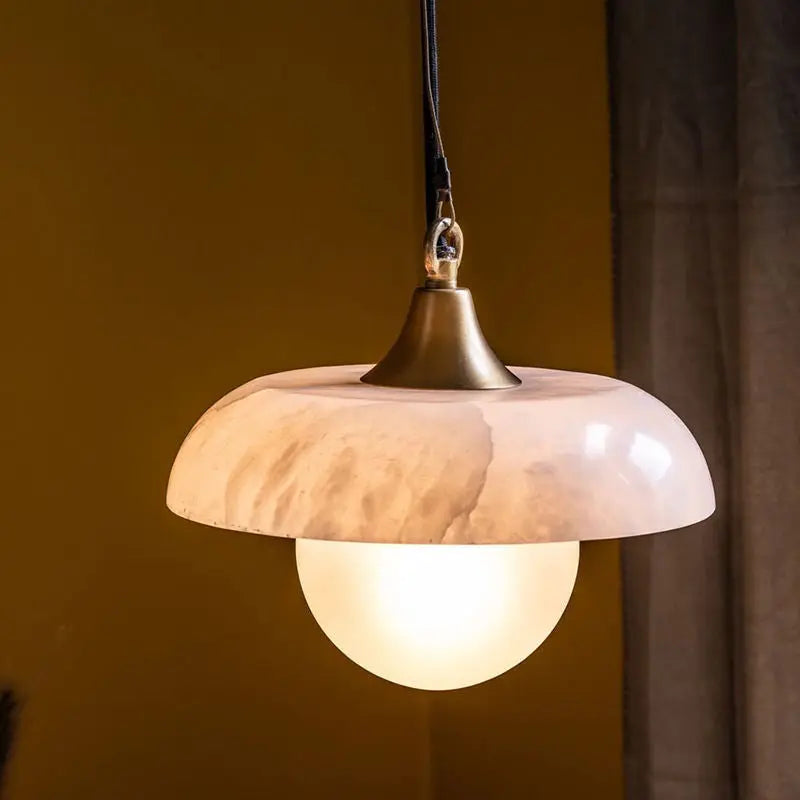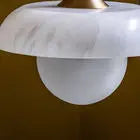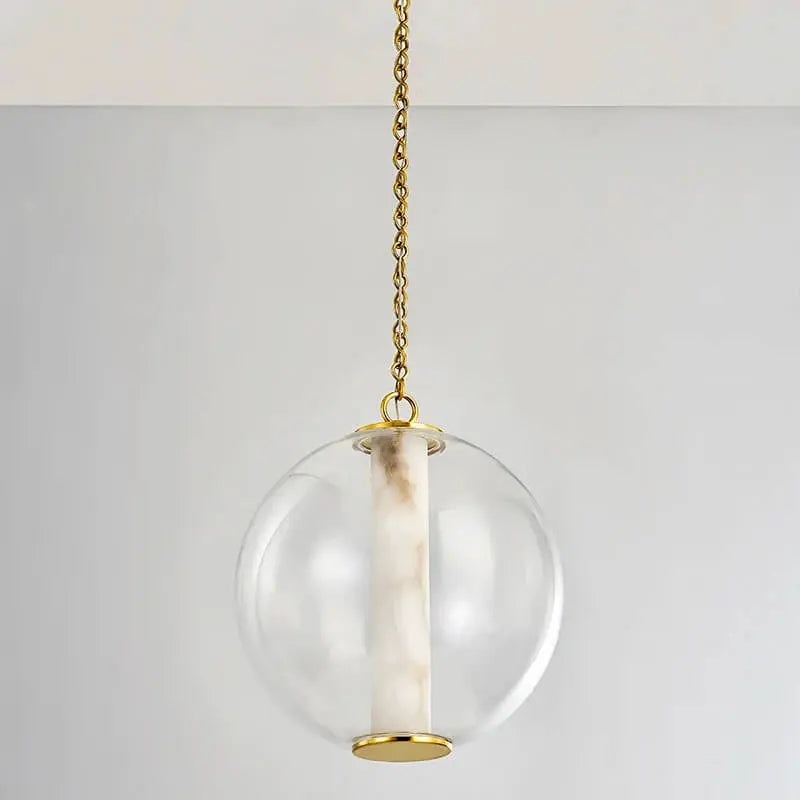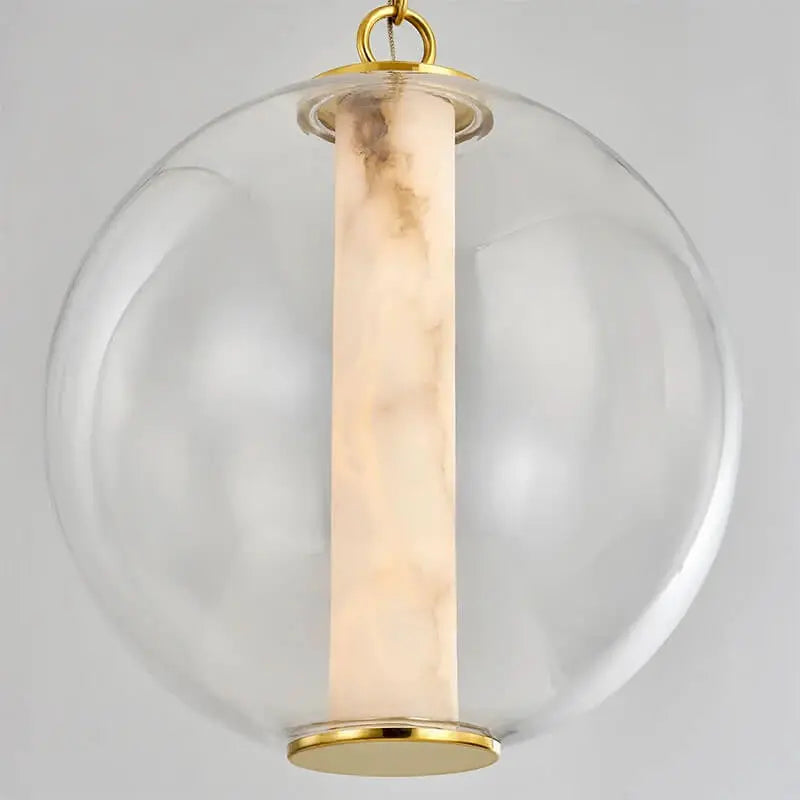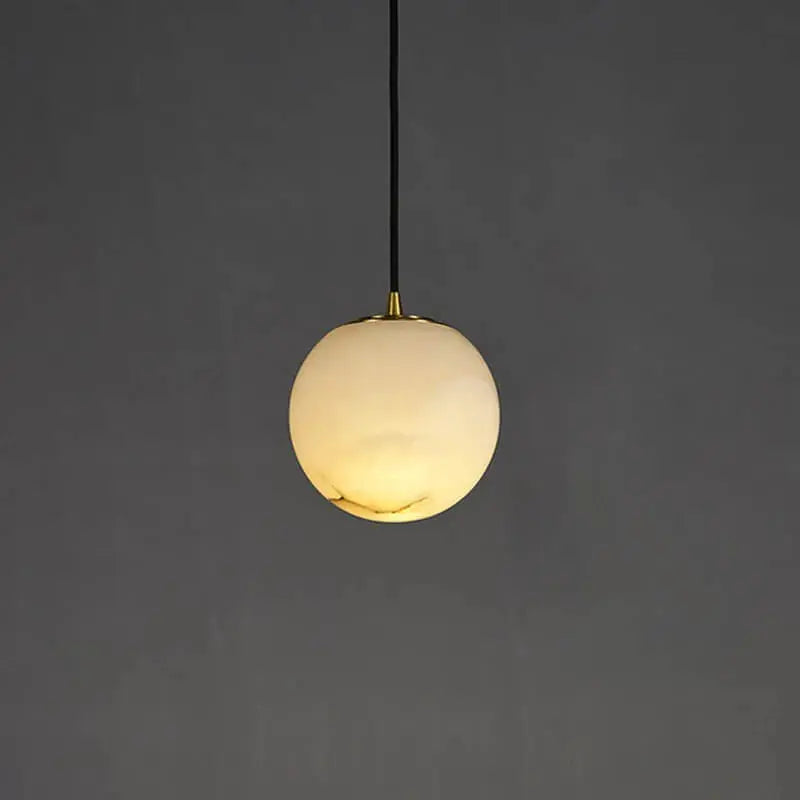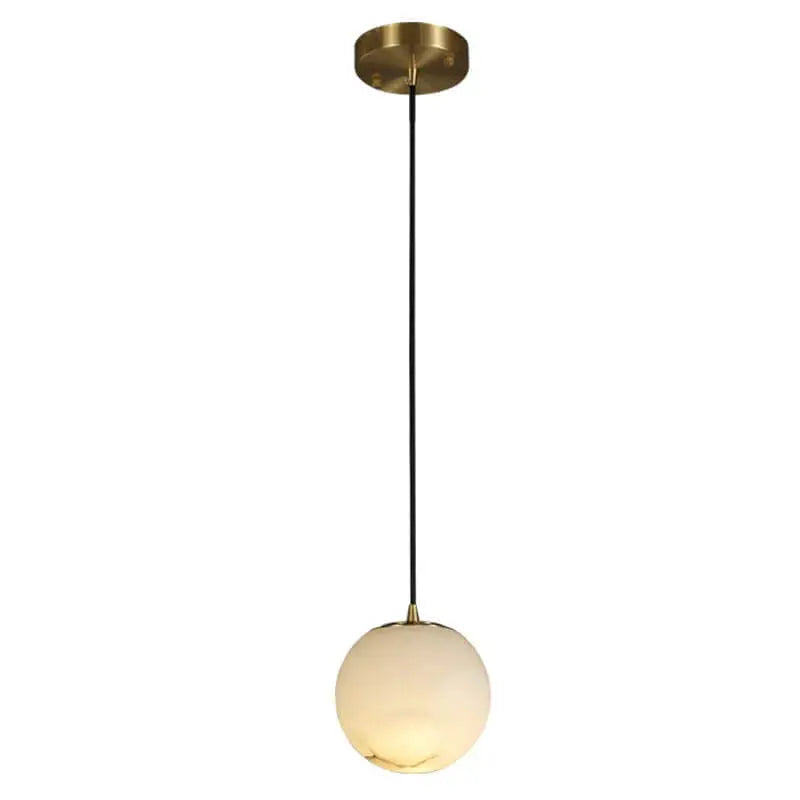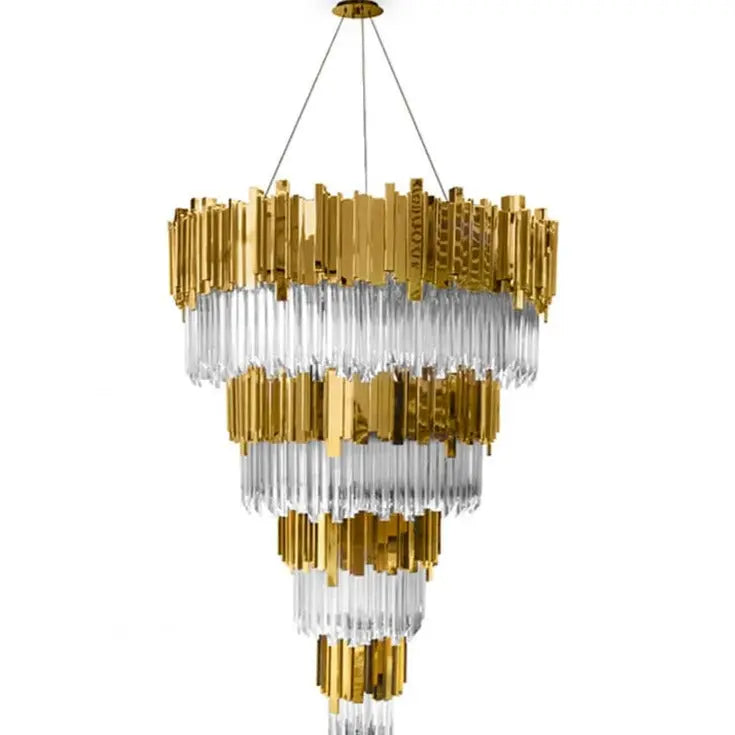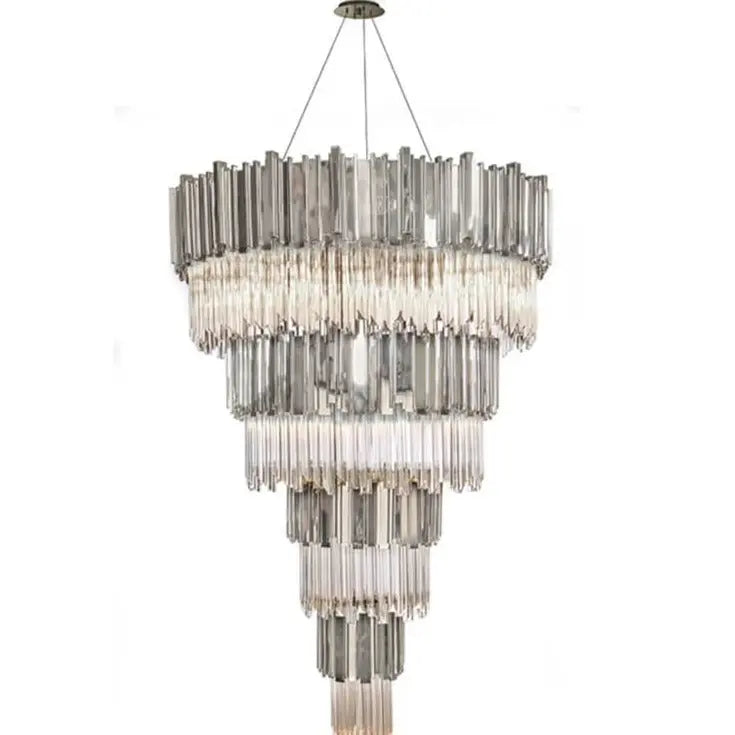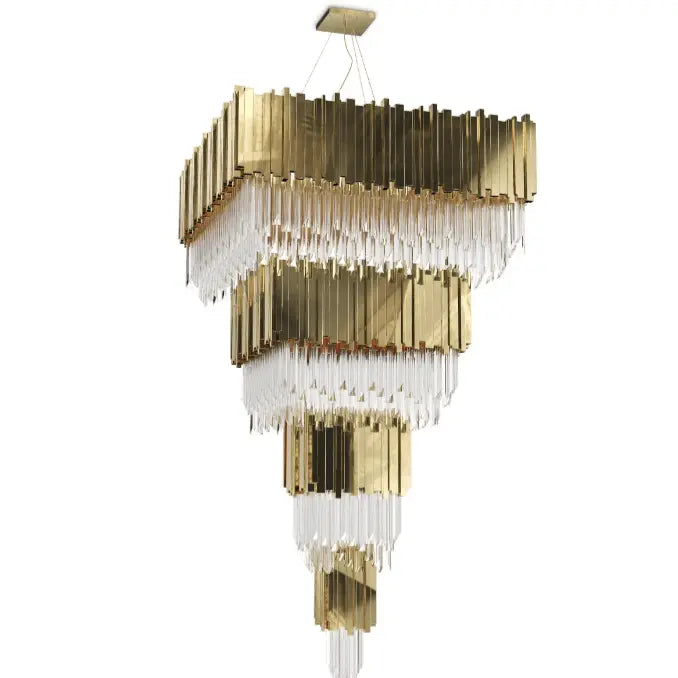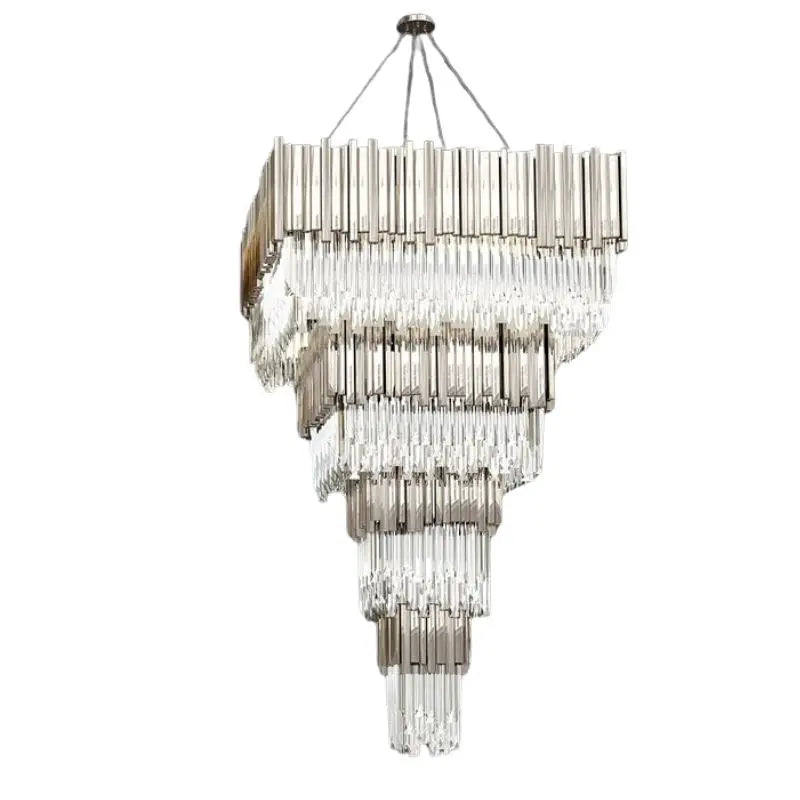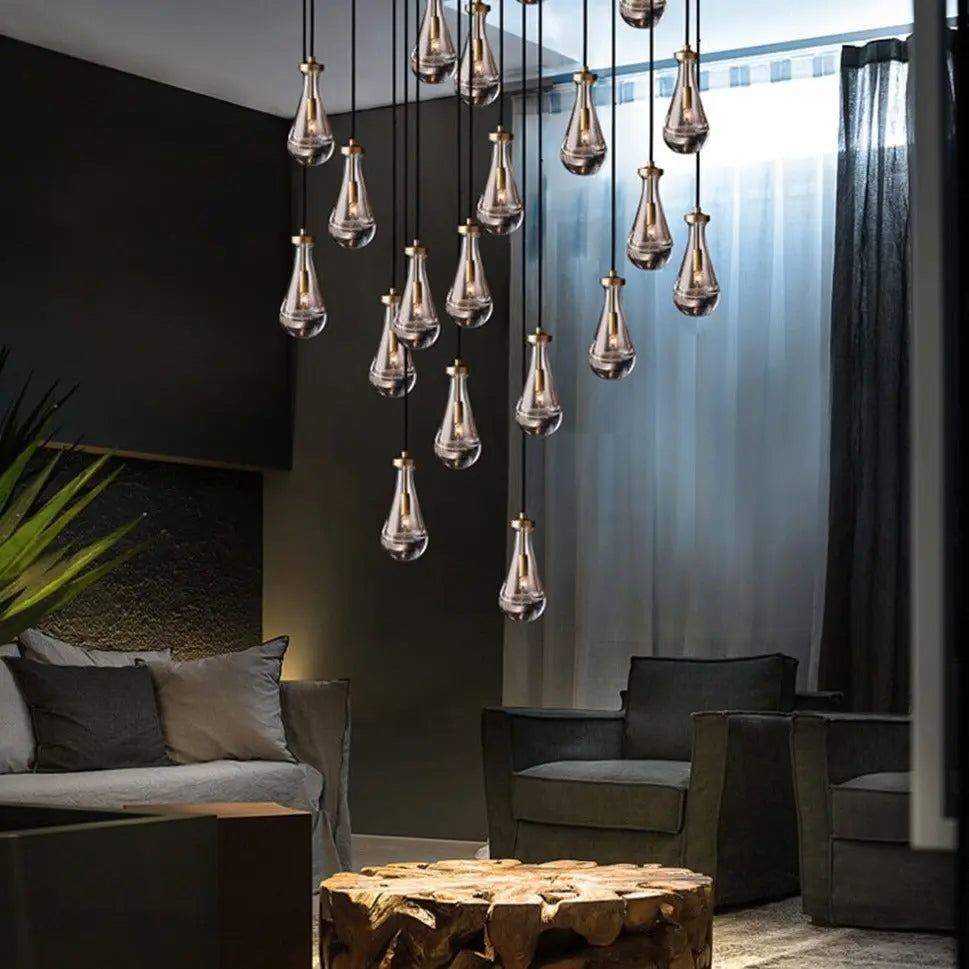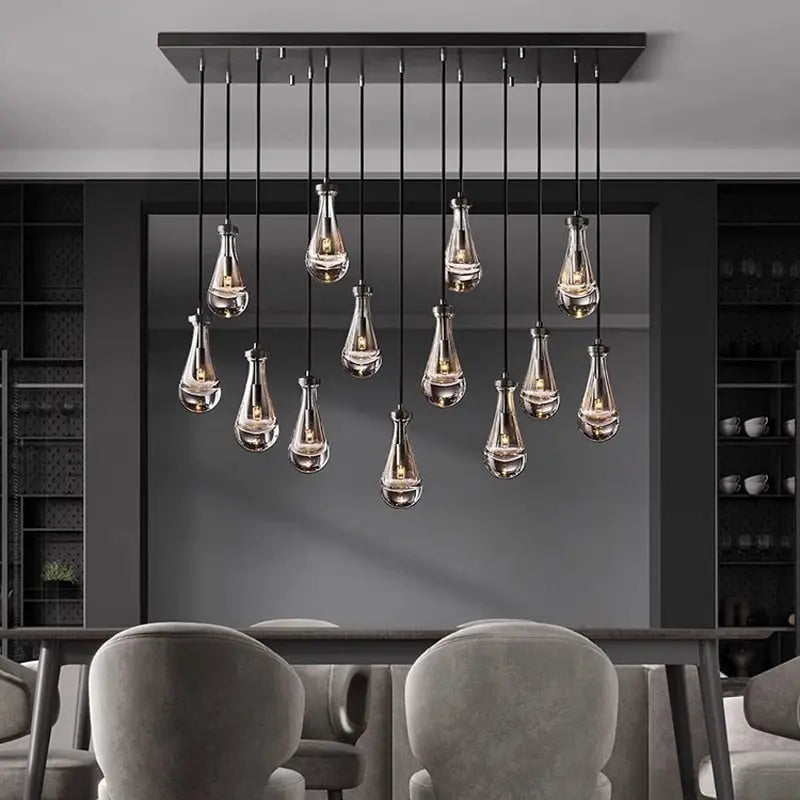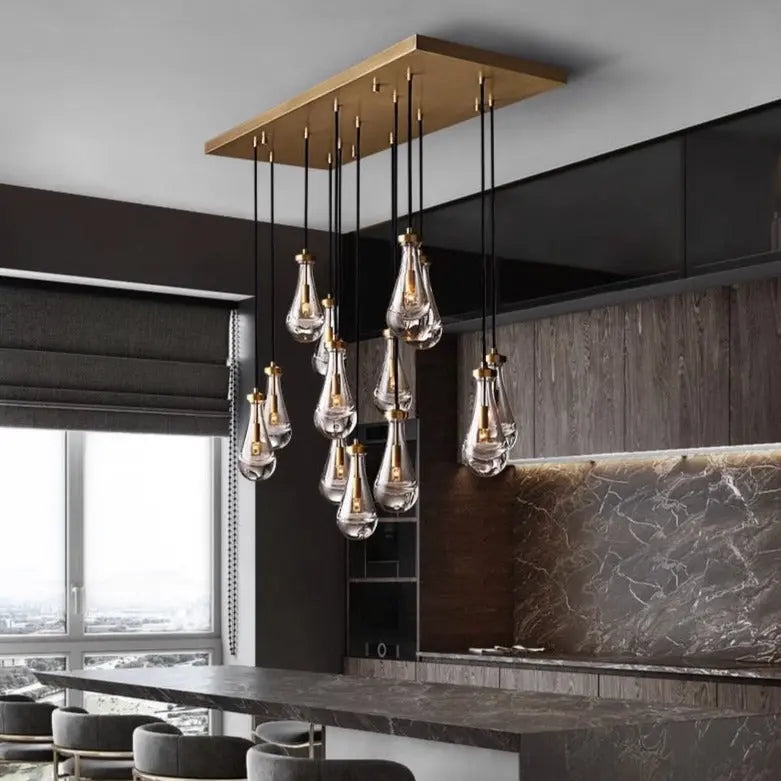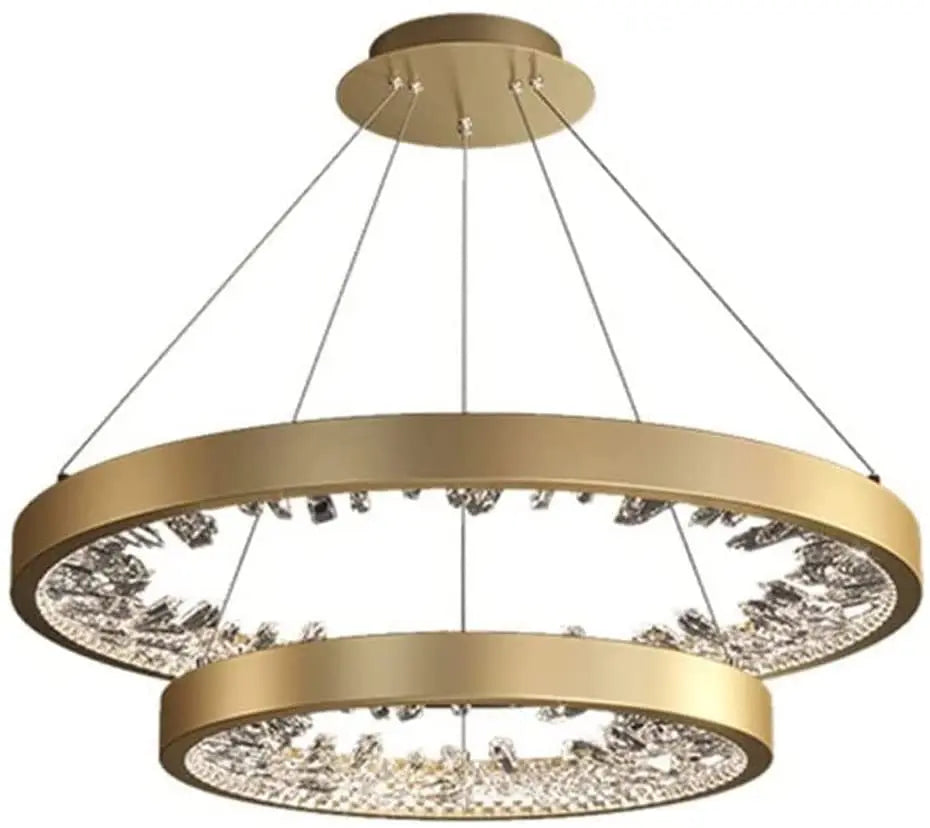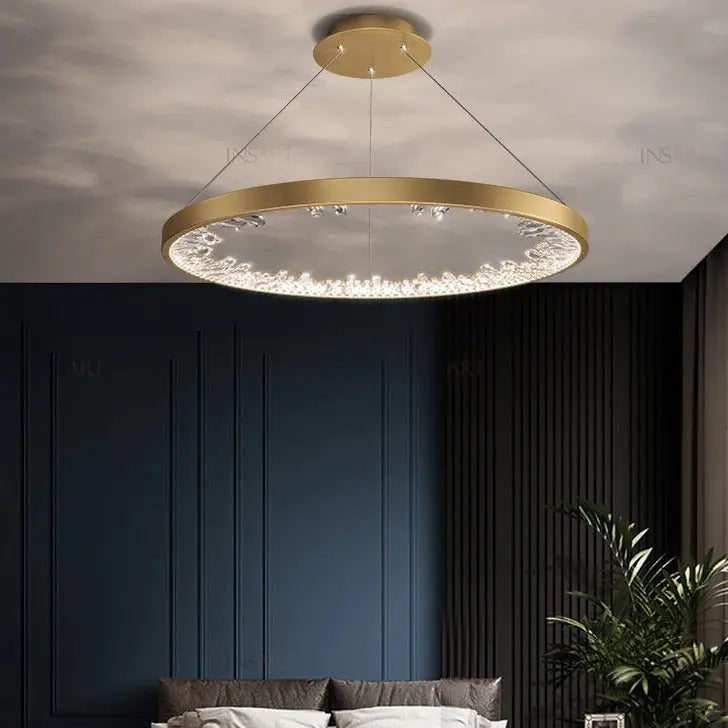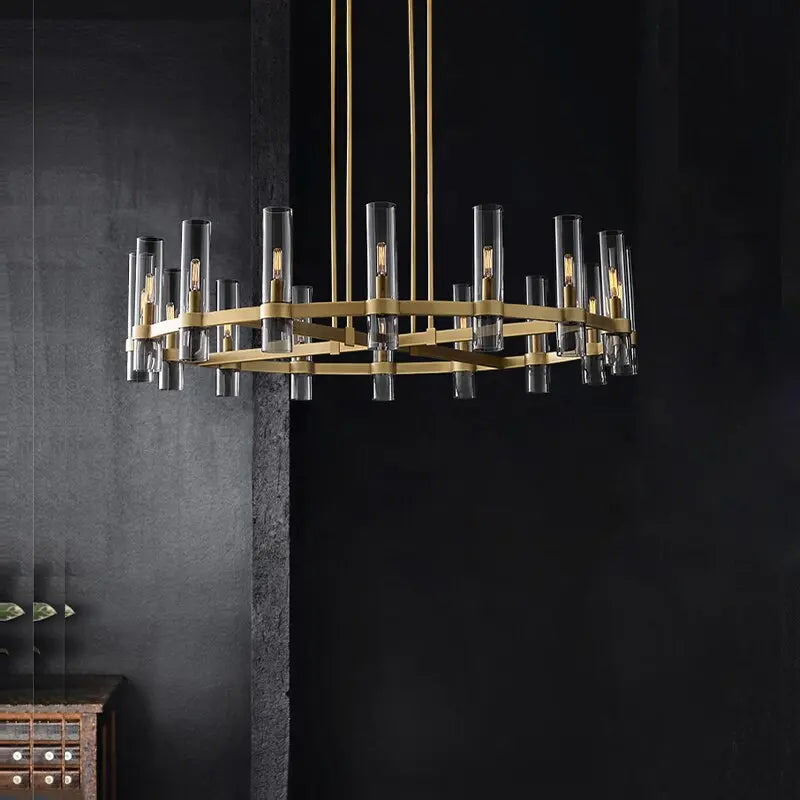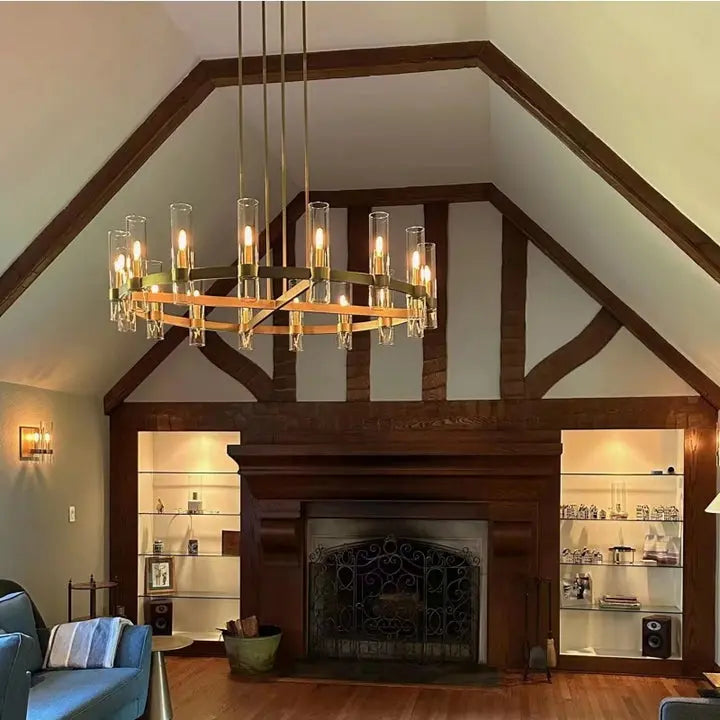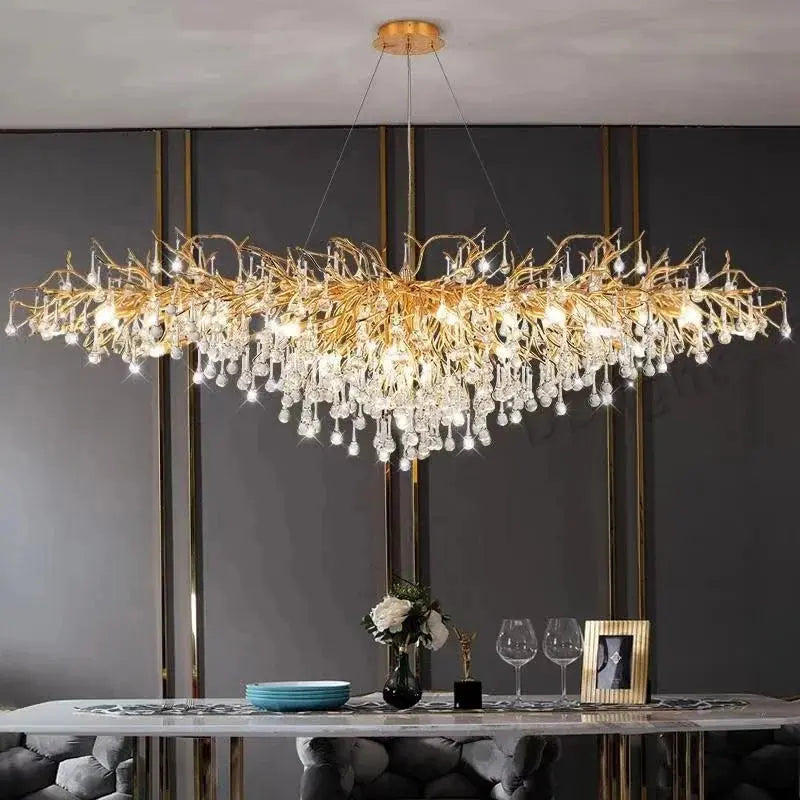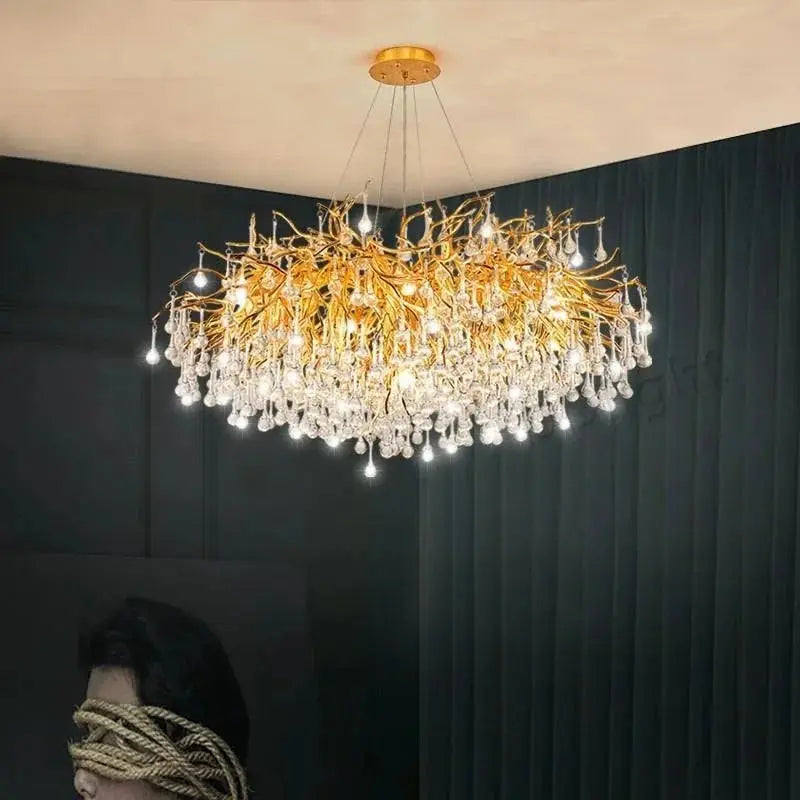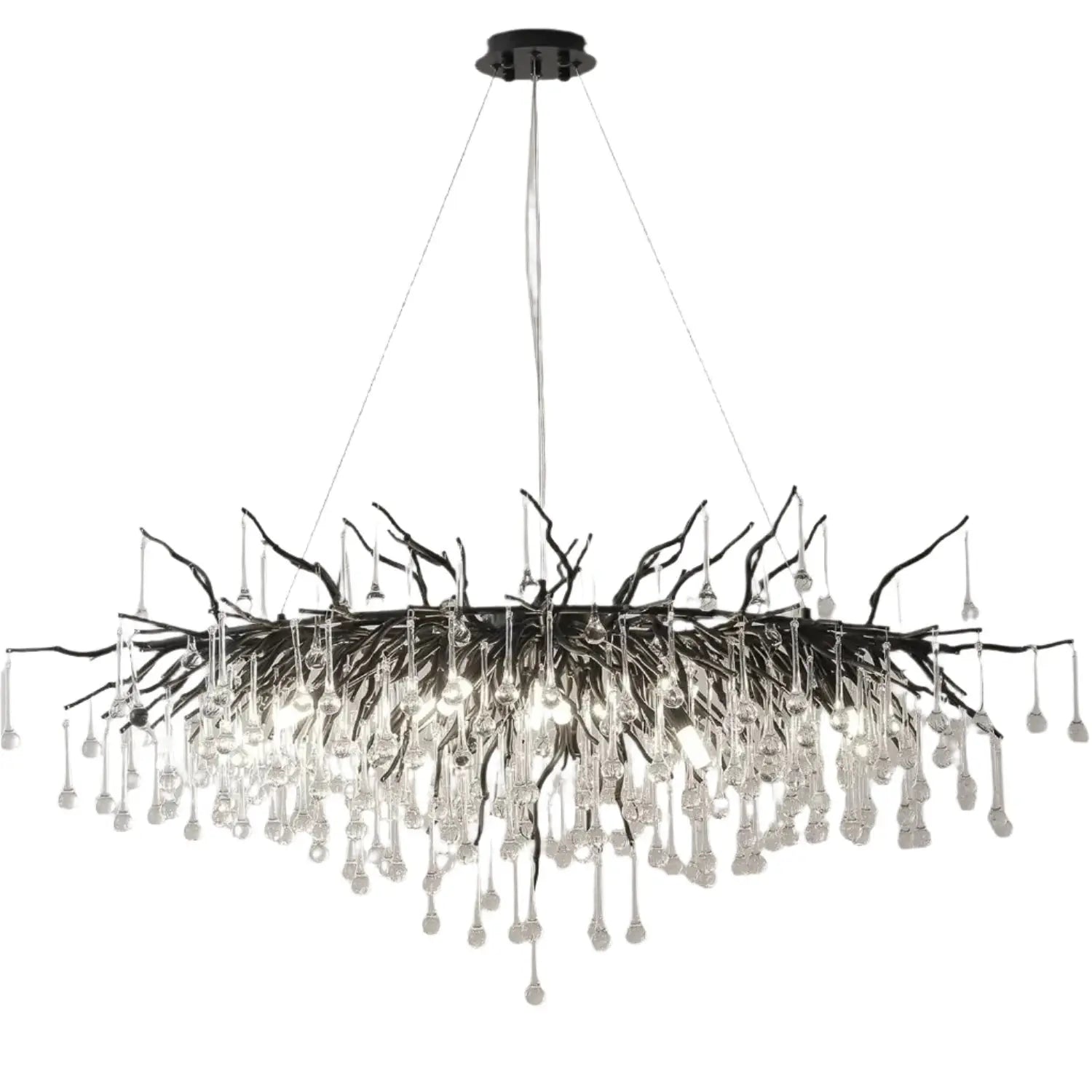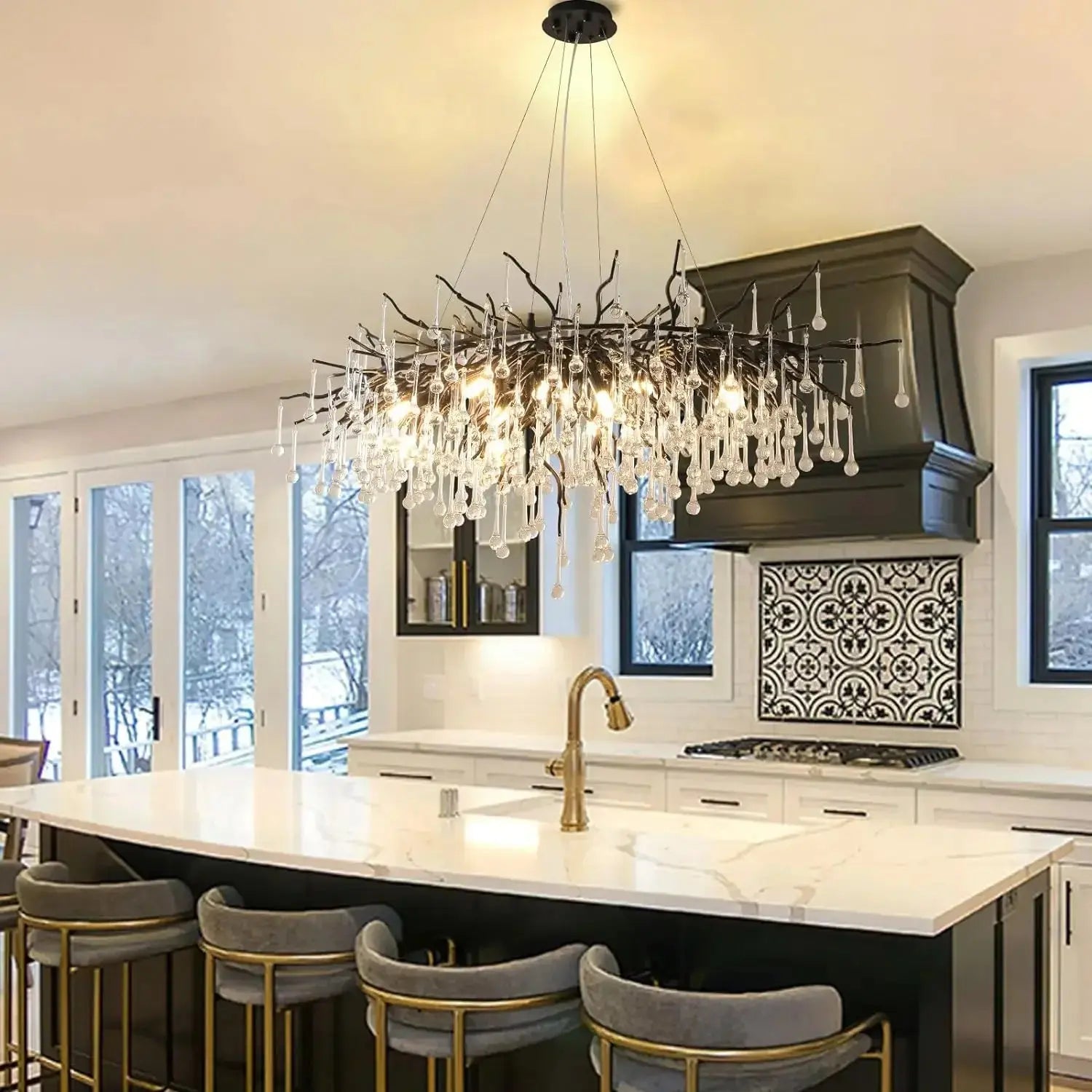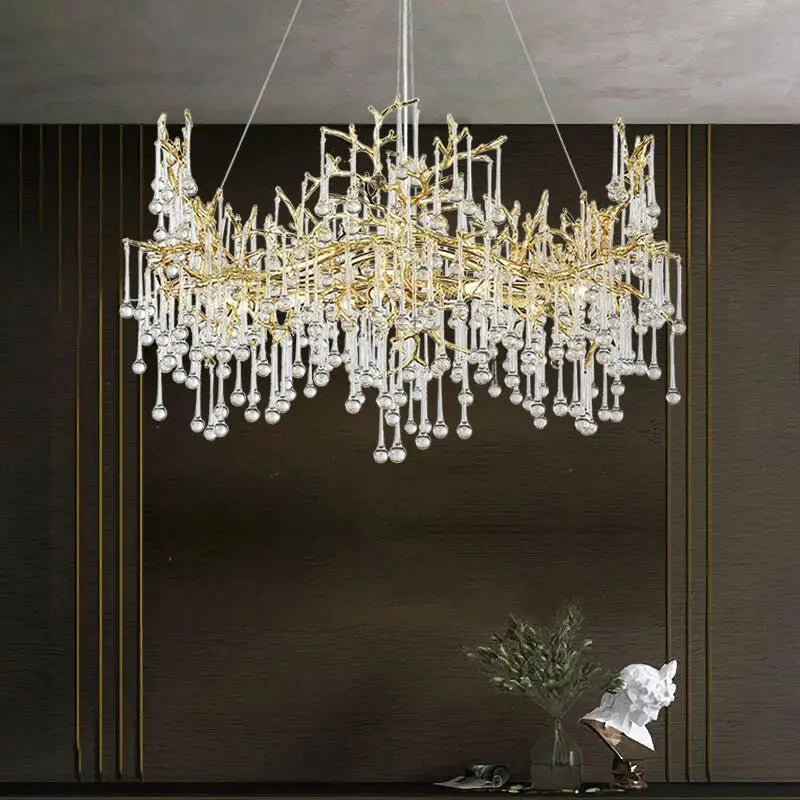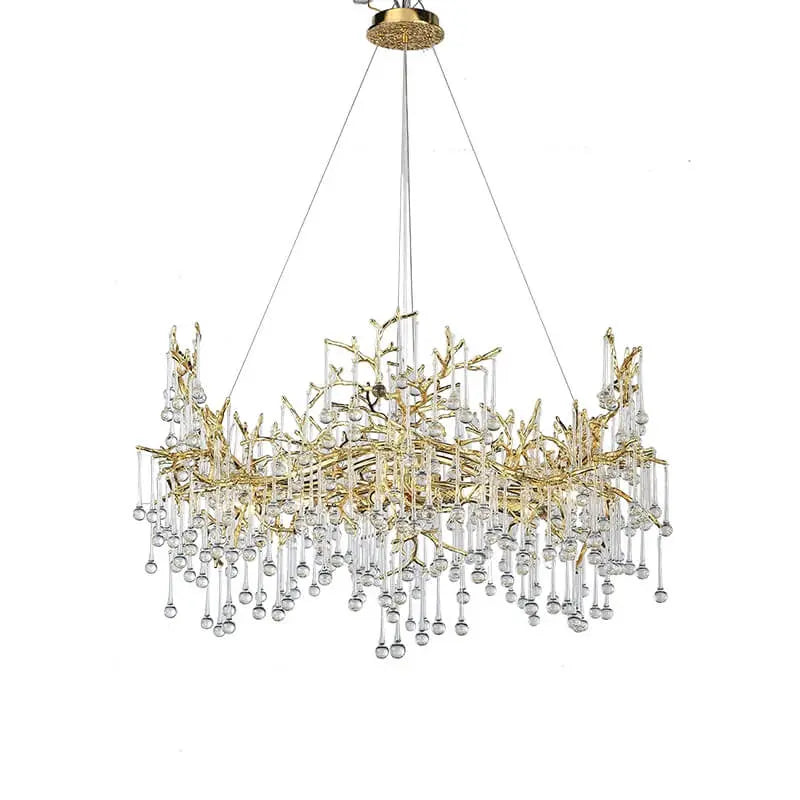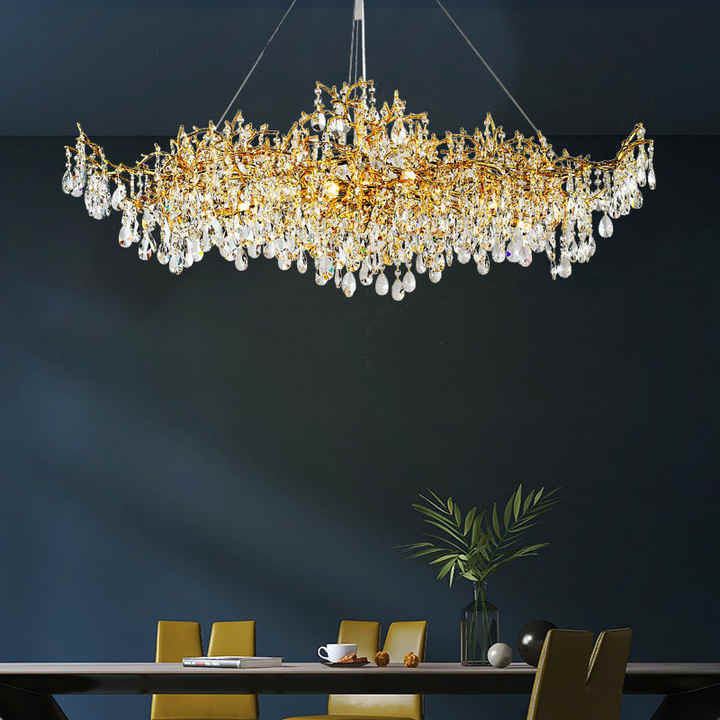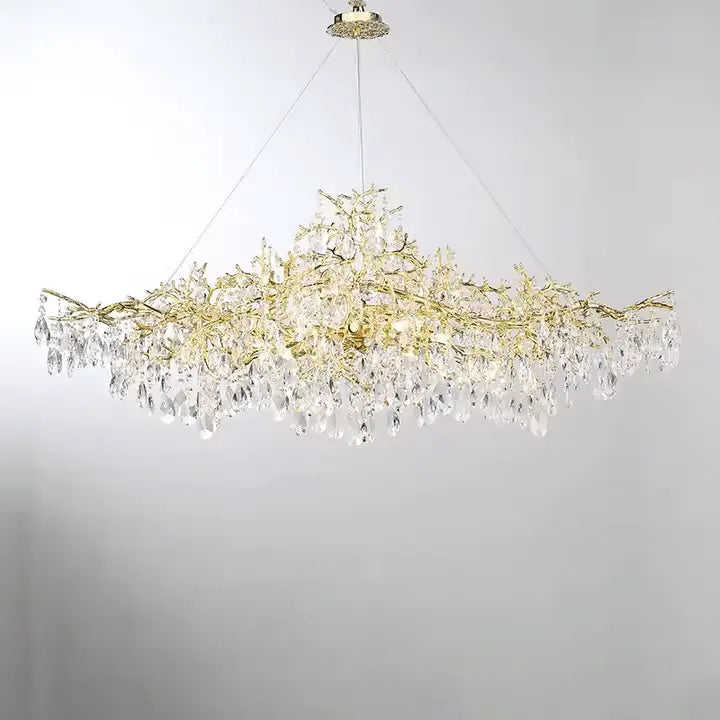When it comes to small living rooms, figuring out how to fit a TV without sacrificing style can be a real puzzle. But don't worry! There are plenty of creative ways to make your small living room with TV ideas work. From wall-mounted TVs to multifunctional furniture, we’ve got some great tips to help you maximize your space and keep it looking chic. Let's dive into some clever solutions that will make your living area feel spacious and stylish.
Key Takeaways
- Mount your TV on the wall to save space and create a clean look.
- Choose furniture that serves multiple purposes, like storage ottomans or coffee tables with drawers.
- Consider creative ways to hide your TV, such as using sliding panels or artwork.
- Surround your TV with shelves to blend it into the room's design.
- Use light colors and smart arrangements to make your small living room feel bigger.
Maximizing Space With Wall-Mounted TVs
Benefits of Wall-Mounted TVs
Wall-mounted TVs are a game-changer for small living rooms. They instantly free up floor space that a traditional TV stand would occupy. This is especially helpful when every square inch counts. Beyond space-saving, wall-mounting offers a cleaner, more modern aesthetic. It eliminates clutter and creates a streamlined look. Plus, it's safer, reducing the risk of the TV being knocked over, especially important if you have kids or pets. Think about it – no more bulky furniture hogging precious real estate!
Creating a Streamlined Look
Achieving a streamlined look with a wall-mounted TV involves more than just hanging it on the wall. It's about creating a cohesive and uncluttered entertainment area. Consider the height at which you mount the TV; eye-level is generally recommended for comfortable viewing. You can even create a sleek TV wall insert. Think about how the TV integrates with the surrounding decor. A minimalist approach works best, avoiding bulky shelves or cabinets that can overwhelm the space. The goal is to make the TV blend seamlessly into the room, rather than being a dominant eyesore.
Hiding Cables and Accessories
One of the biggest challenges with wall-mounted TVs is managing the cables and accessories. Dangling cords can ruin the clean look you're trying to achieve. Here are a few solutions:
- Cable Management Systems: Use cable sleeves or concealers to bundle and hide the cords running down the wall.
- In-Wall Wiring: For a truly seamless look, consider running the cables inside the wall. This may require professional installation but provides the cleanest result.
- Strategic Placement: Position the TV near an outlet to minimize the visible cord length. You can also hide accessories like streaming devices behind the TV or in a nearby cabinet.
Hiding cables is essential for maintaining a clean and organized living room. It not only improves the aesthetics but also prevents tripping hazards and makes cleaning easier. A little effort in cable management can make a big difference in the overall look and feel of your small living space.
Incorporating Multifunctional Furniture
Small living rooms demand clever solutions, and multifunctional furniture is a game-changer. It's all about pieces that pull double duty, saving space and adding style. Think beyond the traditional and embrace furniture that adapts to your needs.
Choosing Storage Ottomans
Storage ottomans are fantastic. They offer seating, a footrest, and hidden storage all in one. I got one last year, and it's amazing how much stuff I can stash inside. Blankets, remotes, even board games – it all disappears! Plus, you can use it as a coffee table by just adding a tray. It's a simple way to keep clutter at bay and maximize your space. I've found that the key is to choose one that complements your existing decor.
Using Coffee Tables with Storage
Coffee tables with storage are another great option. I've seen some really cool ones with lift-top designs, drawers, or even open shelving. The lift-top ones are perfect for working from home – you can raise the table to a comfortable height and then hide your laptop away when you're done. Drawers are great for storing remotes, magazines, and other small items. Open shelving can be used to display books or decorative objects. It's all about finding a coffee table that meets your specific needs and style. Don't underestimate the power of a good coffee table design!
Transforming Benches into Seating
Benches aren't just for entryways or dining rooms. They can also be a great addition to a small living room. A bench can provide extra seating without taking up too much space. Plus, you can find benches with built-in storage underneath. I've seen some really stylish benches that can double as a TV stand or a console table. It's a great way to add functionality and style to your space. Consider a banquette; they’re efficient, maximizing space and conversation areas. If the room is narrow but also long, place sofas back-to-back to allow for two seating areas.
Multifunctional furniture is more than just a trend; it's a necessity for small living spaces. By choosing pieces that serve multiple purposes, you can maximize your space and create a stylish and functional living room. It's all about being creative and thinking outside the box.
Creative TV Concealment Solutions

Using Sliding Panels
Sliding panels are a fantastic way to hide your TV when it's not in use. Think of it as a magic trick for your living room! You can use decorative wood panels, fabric-covered screens, or even mirrored surfaces. When you want to watch TV, simply slide the panel to the side. When you're done, slide it back to conceal the screen. This is especially useful if you want to minimize the TV's visual impact when it's off.
- Customization: Panels can be tailored to match your existing decor.
- Dual Functionality: The panel itself can serve as a decorative element.
- Space Saving: Doesn't require extra floor space.
I remember visiting my aunt's place and being completely surprised when she revealed her TV hidden behind a beautiful sliding shoji screen. It was such a clever way to blend technology with traditional design.
Incorporating Artwork
Why not turn your TV into a piece of art? There are motorized art canvases that roll up to reveal the screen. Or, you could create a gallery wall around your TV, making it blend in with other framed pictures and prints. The key is to choose artwork that complements your style and distracts from the TV's presence. This approach works especially well in eclectic or bohemian-style living rooms. You can even find TV art covers online.
- Aesthetic Appeal: Adds visual interest to the room.
- Personalization: Allows you to showcase your favorite art.
- Conversation Starter: Guests will be intrigued by the hidden TV.
Designing Custom Cabinets
Custom cabinets are the ultimate solution for concealing your TV and maximizing storage. You can design a unit that perfectly fits your space and needs, with doors that close to hide the TV when it's not in use. Consider adding shelves for books, drawers for media equipment, and even a built-in bar area. A well-designed cabinet can become the focal point of your living room, seamlessly integrating technology into your decor. Think about a built-in media center!
- Tailored Fit: Designed to perfectly match your space and style.
- Ample Storage: Provides plenty of room for media equipment and accessories.
- Integrated Design: Blends seamlessly with your existing decor.
Surrounding Your TV with Shelving
Building a Bookshelf Wall
Okay, so you've got a TV in your small living room. Instead of letting it be a black hole that sucks all the style out of the room, why not make it part of something bigger? I'm talking about a full-on bookshelf wall. This is where you turn your TV area into a focal point that's both functional and visually appealing.
Think about it: you can display your favorite books, plants, and decorative items, all while cleverly integrating the TV into the design. It's like saying, "Yes, I watch TV, but I also have a life!" You can even paint the wall behind the shelves a bold color to really make everything pop. It's a great way to add personality and depth to your small space. Plus, all that storage space is a lifesaver in a small living room.
Using Floating Shelves
If a full bookshelf wall feels like too much commitment (or too much DIY), floating shelves are your friend. They're sleek, modern, and super versatile. You can arrange them around your TV to create a balanced and stylish display. The key here is to not overcrowd the shelves. Less is more, people! Choose a few key pieces that complement your decor and leave some empty space for a clean, airy look. You can use floating shelves to display your favorite books and trinkets.
- Consider the depth of the shelves. Too deep, and they'll stick out too much. Too shallow, and they won't hold anything substantial.
- Think about the spacing between the shelves. You want enough room to display your items without feeling cramped.
- Don't be afraid to mix and match different sizes and shapes of shelves for a more dynamic look.
Creating a Gallery Wall
Who says a TV can't be part of a gallery wall? It's a bold move, but it can totally work. The trick is to treat your TV like just another piece of art. Surround it with framed prints, photos, and other decorative items to create a cohesive and visually interesting display. This is a great way to distract from the TV when it's off and make it blend seamlessly into your decor. You can create living room fireplace ideas as an advantage.
A gallery wall is all about balance and composition. Play around with different layouts until you find something that feels right. Don't be afraid to experiment with different sizes, shapes, and colors. And remember, it's your wall, so have fun with it!
Here's a simple guide to get you started:
| Step | Action |
|---|---|
| 1 | Gather your art and decorative items. |
| 2 | Lay them out on the floor to experiment with different arrangements. |
| 3 | Start hanging your art, using the TV as a central point. |
Utilizing Vertical Space Effectively
Small living rooms often present a challenge: how to maximize space without making the room feel cramped? The answer often lies in looking up! Utilizing vertical space can dramatically expand the perceived size and functionality of your living room. It's about drawing the eye upward and making the most of every inch, from floor to ceiling. Let's explore some ideas.
Installing Tall Bookcases
Tall bookcases are a fantastic way to add storage and visual interest without taking up too much floor space. Opt for bookcases that reach near the ceiling to really emphasize the height of the room. You can use them to store books, display decorative items, or even house media equipment. Consider open shelving to keep the look light and airy, or choose closed cabinets at the bottom for concealed storage. A versatile storage solution like this can make a big difference.
Hanging Plants and Decor
Don't forget about the walls! Hanging plants and decor are excellent ways to add personality and visual appeal without cluttering surfaces. Consider hanging planters, wall-mounted sculptures, or even a gallery wall of framed prints. This draws the eye upward, creating a sense of height and spaciousness. Plus, plants add a touch of nature and freshness to your living room. Here's a quick guide to hanging decor:
- Plan your layout: Before hammering any nails, map out where you want to hang your items.
- Use appropriate hardware: Make sure you have the right hooks and anchors for your wall type and the weight of your decor.
- Consider symmetry and balance: Arrange your items in a way that is visually pleasing and balanced.
Using Wall-Mounted Lighting
Floor lamps can take up valuable floor space in a small living room. Wall-mounted lighting, such as sconces or adjustable reading lights, is a great alternative. They provide ample lighting without sacrificing floor space. Plus, they can add a touch of elegance and sophistication to your decor. Consider using modern small living room ideas to get the most out of your space.
By drawing the eye upwards, you not only create the illusion of more space but also add depth and dimension to your living room. It's a simple yet effective way to transform a small space into a stylish and functional haven.
Choosing the Right Color Palette

Color can really make or break a small living room. It's not just about aesthetics; it's about how the color makes the space feel. Do you want it to feel bigger? Cozier? More energetic? The right color palette can help you achieve all of that.
Light Colors to Open Up Space
Light colors are your best friend when you're trying to maximize space. Think whites, creams, light grays, and pale blues. These colors reflect light, making the room feel airier and more open. It's like they push the walls back a little bit. A light, neutral base also gives you a blank canvas to add pops of color with accessories.
Accent Walls for Depth
An accent wall can add a lot of personality and depth to a small living room without overwhelming the space. Choose a color that complements your main color scheme but is a bit bolder. This could be a deeper shade of the same color or a contrasting color that you really love. Consider the impact of small living room colour schemes to enhance the room's visual appeal.
Using Dark Colors for Coziness
Dark colors can make a small room feel cozy and intimate. However, it's important to use them strategically. Too much dark color can make the room feel cramped and gloomy. If you're going to use dark colors, consider using them on a single wall or in smaller doses, like with furniture or accessories. Dark blues, deep greens, and charcoal grays can all work well. Consider using jewel tone to create a moody vibe in the space.
Don't be afraid to experiment! Color is a personal thing, and what works for one person might not work for another. Try out different color combinations and see what makes you feel good in your space. You can always repaint if you don't like it!
Creating Defined Zones in Small Spaces
Small living rooms often need to serve multiple purposes – a place to relax, watch TV, and maybe even work. Creating defined zones helps to make the space feel more organized and functional. It's all about tricking the eye and maximizing what you have.
Using Rugs to Separate Areas
Rugs are a fantastic way to visually separate different zones within a small living room. A rug can define a seating area, a reading nook, or even a small dining space. Think of it as drawing invisible lines on the floor. For example, a rug placed under the sofa and coffee table instantly creates a distinct lounge area. You can use different rug styles and colors to further emphasize the separation. A patterned rug might work well in a high-traffic area, while a plush, solid-colored rug could define a cozy reading corner. It's a simple trick, but it works wonders.
Arranging Furniture for Flow
How you arrange your furniture can significantly impact the flow and feel of a small living room. Avoid pushing all your furniture against the walls, as this can actually make the space feel smaller. Instead, try floating some pieces to create pathways and define different zones. For instance, you could use the back of a sofa to separate the living area from a small dining area. Angling furniture can also create visual interest and make the room feel less boxy. Consider the function of each zone when arranging furniture. The TV area should be focused on the screen, while a conversation area should encourage interaction.
Incorporating Room Dividers
Room dividers are a more substantial way to create defined zones in a small living room. They don't have to be solid walls; in fact, open or translucent dividers can be more effective in maintaining a sense of space. Consider using:
- Bookshelves: A bookshelf can act as a divider while also providing storage and display space.
- Screens: Folding screens are versatile and can be easily moved or adjusted as needed.
- Curtains: Hanging curtains can create a soft and flexible division between areas.
Using room dividers is a great way to create privacy and separation without completely closing off the space. They can also add visual interest and texture to the room. Just be sure to choose a divider that complements your overall decor and doesn't overwhelm the space.
Think about what you want to achieve with your room divider. Do you want to create a private workspace? Or simply define a separate seating area? The answer will help you choose the right type of divider for your needs. For example, you can use living room ideas to create a cozy and cocooning room.
Final Thoughts on Small Living Room Design
So, there you have it! Making a small living room stylish and functional is totally doable. With a little creativity, you can turn that compact space into a cozy retreat. Remember to think about wall-mounted TVs to save floor space and consider clever storage solutions to keep things tidy. Mixing in personal touches with your decor can really make the space feel like home. Don't stress too much about the size; focus on what you love and how you want to use the space. In the end, it’s all about creating a room that works for you and feels good to be in.
Frequently Asked Questions
How can I save space in my small living room?
To save space, try using furniture that has storage, like ottomans or coffee tables with drawers. This way, you can keep things organized without cluttering the room.
What are the benefits of mounting a TV on the wall?
Mounting a TV on the wall saves floor space and gives your living room a clean and modern look. It also helps keep the area looking less cluttered.
How can I hide the cables from my wall-mounted TV?
You can use cable covers that match your wall color or place the cables behind furniture. Some people even build shelves or cabinets to hide them.
What is multifunctional furniture?
Multifunctional furniture is pieces that serve more than one purpose, like a sofa bed or a storage ottoman. They help you use your space better.
How can I make my small living room feel bigger?
Using light colors on walls and furniture can make a room feel larger. Mirrors also help reflect light and create the illusion of more space.
What are some ways to create separate areas in a small living room?
You can use rugs to define different spaces, like a seating area or a play area. Arranging furniture in a way that creates flow can also help separate areas.



